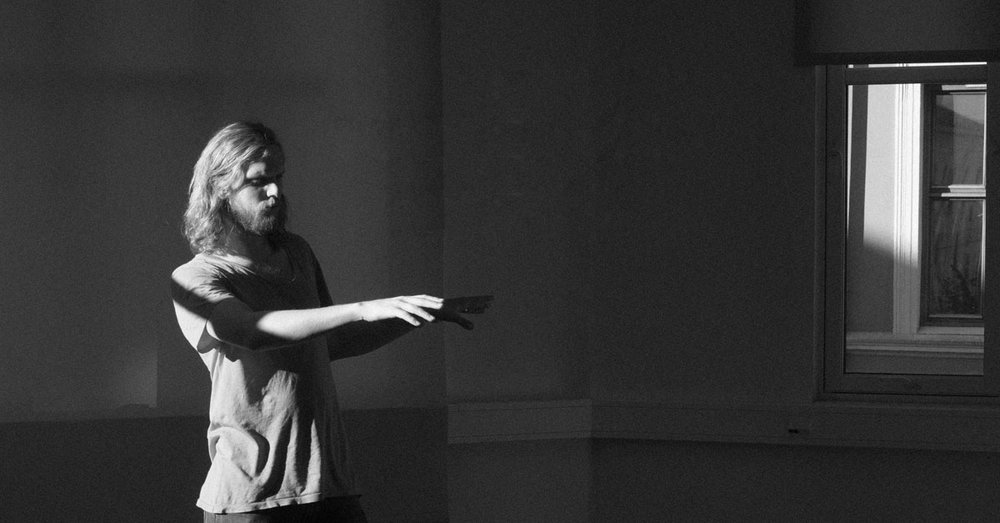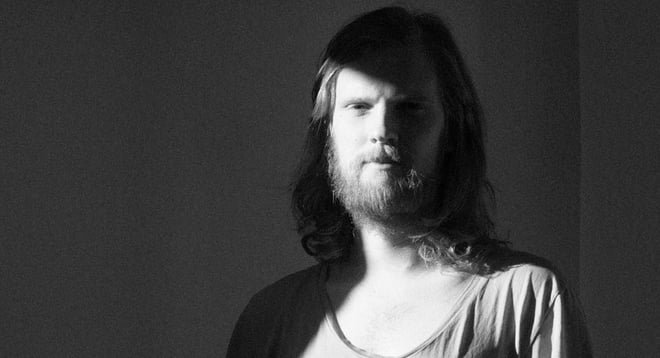How do you use Wipster in your workflow?
We use it as soon as we start putting storyboards on the timeline, and basically use it all the way to the final delivery. We will upload every new version of a job. Sometimes it might be just shared internally because we have a project in progress that we want to collaborate on with our team. Our clients understand it well and find it useful, especially the agencies and clients that have previous knowledge of these kind of tools. Some clients who are not used to and don’t want to be introduced to a new solution might prefer to still receive the video as a file by email, but mostly clients are willing. Wipster is easy to get your head around, and clients usually understand the benefits.
How were you collaborating and reviewing before Wipster?
We were basically sending video files by email then getting a reply with notes connected to time codes. Wipster is much easier, and actually means you have a better relationship with your client. When you view it in Wipster, you can see so clearly what the client is talking about because they mark the spots where they want you to do something. Whereas when you get an email, you read the list of all the comments and feel like there’s so much to do, and then you need to go look at the film and go through the notes. Wipster doesn’t set you in that disappointed mood. You might get exactly the same feedback in Wipster, but you read the notes as you watch the film, so you have the context, and go “ah ok, that’s not too hard”. I think it’s just a better, more friendly way to receive feedback.
Where do you look for inspiration?
It’s mostly the internet – we have maybe 20 to 30 websites that we scan for inspiration once we get a project going. We frequently look to inspiring blogs such as Motionographer, Stash, and Fromupnorth. We also have discussions in small groups of two to four people and throw around ideas. We don’t have any kind of ritual where we go out camping or anything.
Who do you admire in the industry?
Buck, Elastic, Antibody, ManvsMachine, Giant Ant, Dvein. They’re all very conceptual and always very thorough – you can see that they’ve spent the extra hours necessary to achieve great results, all the way from preproduction to deadline. It’s just very thought out, there’s nothing left to randomness, everything is planned by great creative minds, and then created by skilfull artists, and crafted by great craftsmen.
What separates a good creative director from a great one?
You need the ability to think creatively without worrying about how it’ll be done technically, yet also have the knowledge of how to do it technically. You need to be able to think freely. In the beginning of a process you need to be able to separate yourself from techniques, and just think of concepts that would tell the story in a nice visual way. And then you need to be able to follow up the process technically at a very high level. You also need to have an eye for how to improve things. You need to be able to say “ok you’ve done it this way, but need to do it that way instead”, rather than just “it needs to look better”. If a creative director has hands-on knowledge of all aspects of production, as well as being creative genius, then they’ll be able to really channel the workers to do exactly what they should do to achieve the creative director’s goal.



